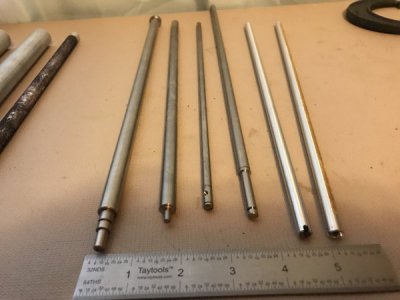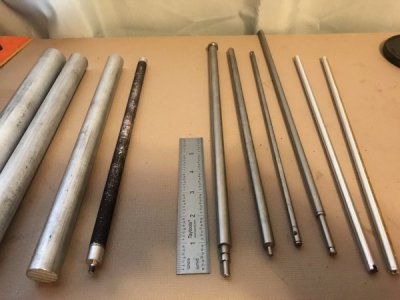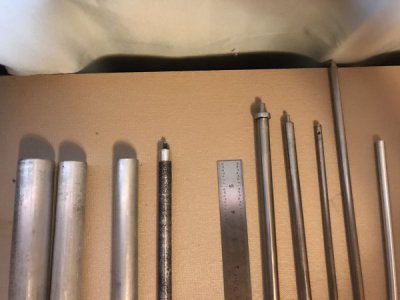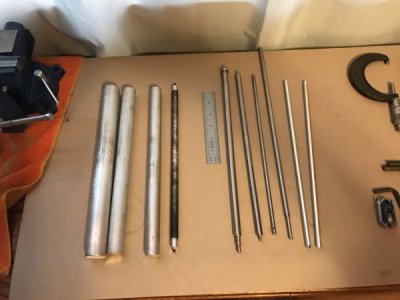- Joined
- Jul 9, 2018
- Messages
- 314
I still have to try the dice.
Used my power cross feed last night for the 1st time!! WOW, what a smooth finish it left on 1" rnd aluminum face cuts, super smooth. Used a 1/4" carbide tool at about 950rpm, couple drops of mobile one full synthetic..lol
Then tried out tapping a hole with my new center drill kit and a couple old drill bits for about 3/4" length. No problems encountered, smooth going.
Really enjoying operating the lathe each night after work and learning new procedures and cuts. I have tried 4 different cutters so far, all worked well, HSS and carbide tipped indexable tools.
I will have to make a project soon and get some more skills under the belt.
Used my power cross feed last night for the 1st time!! WOW, what a smooth finish it left on 1" rnd aluminum face cuts, super smooth. Used a 1/4" carbide tool at about 950rpm, couple drops of mobile one full synthetic..lol
Then tried out tapping a hole with my new center drill kit and a couple old drill bits for about 3/4" length. No problems encountered, smooth going.
Really enjoying operating the lathe each night after work and learning new procedures and cuts. I have tried 4 different cutters so far, all worked well, HSS and carbide tipped indexable tools.
I will have to make a project soon and get some more skills under the belt.




